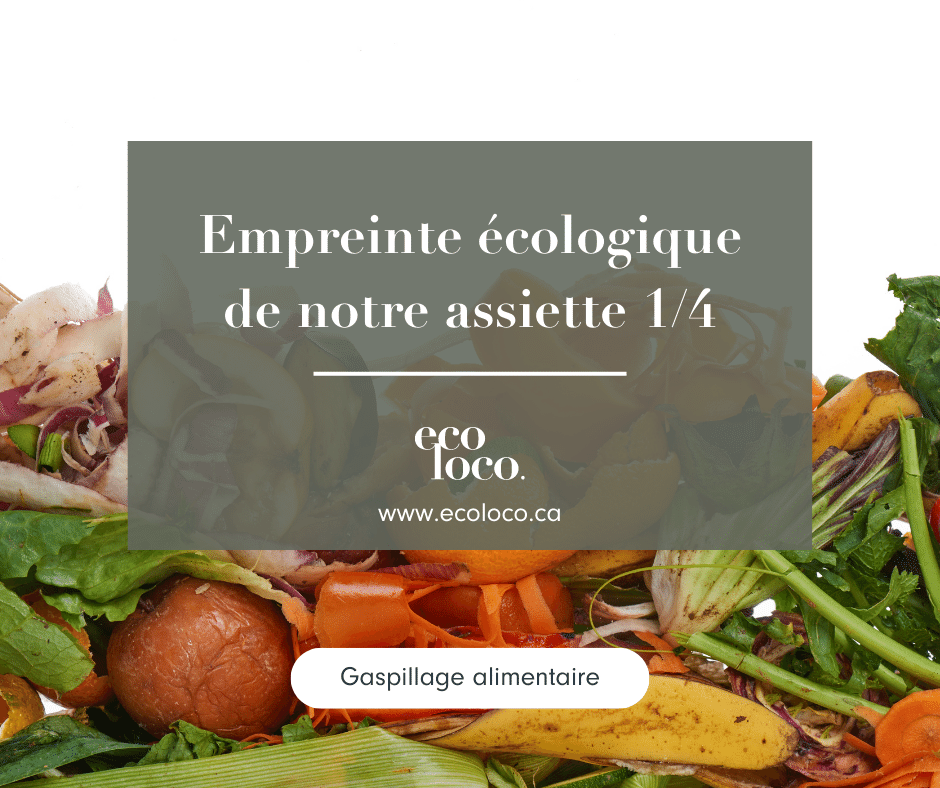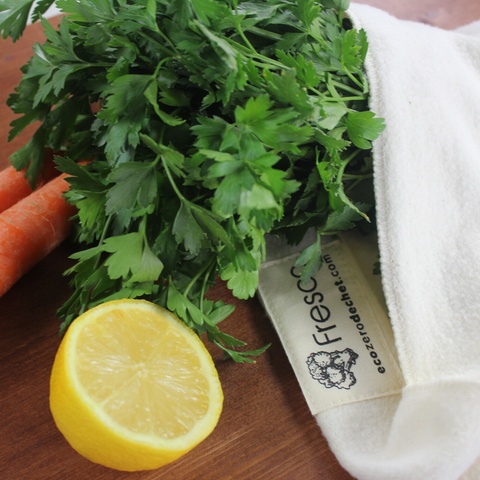
We cannot miss it, a large part of what we consume is linked to our diet. This is obviously an essential need, we cannot avoid it. You will agree, there are several ways to get there. However, the strategies for doing so differ and have a different ecological impact from one person to another.
We only have to think about food packaging, the distance food travels, organic or non-organic, omnivorous or vegan (there is a spectrum between the 2!), food waste and composting (yes, that is one of them!). We are intentionally ignoring food packaging here, a lot of information can already be found on our site :)
Did I just stun you? I understand ! From an ecological point of view, what is most important is each person's progress towards reducing their ecological footprint . No need to change everything overnight, progress.
This is a big, big topic. Here we present to you a first article of 4: food waste. This will be followed by articles on meat consumption, food provenance and type of cultivation.
Waste
First, food waste is when an edible part of a food intended for our diet is thrown away or diverted from our diet.

Of the 11 million tonnes of edible food thrown away per year in Canada, 21% of the waste occurs in homes. This means that consumers waste 2.31 million tonnes per year. The average Canadian family throws away over $1,100 (OMG!) of food per year, which translates to 140 kg of food loss (double OMG!).
So what do we do ? Most of the household food waste problem can be solved with two strategies: plan and conserve.
To plan
Not only do we plan the menu for the week but we first check what we already have at home. Then, we make a grocery list and stick to it! Is there too much of a cooked meal? We give it a second life (lunch, dough, freezing, etc.)
Keep
There are a multitude of strategies for food preservation!
First, no matter what you freeze , you put a date on it and eat the oldest ones first. To make this easier, we write down what we freeze and keep our list up to date.
Then, if you buy fruits and vegetables in plastic packaging , it is very important to take them out because they will rot there. We will prefer strategies like Fresco: Vegetable storage bag and we place them, if they are foods that need to be refrigerated, ideally in the refrigerator drawer provided for this purpose.
You have to open a food box and the quantity is greater than you need : freeze! Whether we're talking about leftover tomato sauce or paste, diced tomatoes or pesto, a good strategy is to put them in the freezer in ice cube trays and then in a waterproof bag, they will be useful for another meal.
With the exception of meat and fish, do not systematically throw away foods that have passed the expiration date . Use your judgment with smell and taste.
For very ripe or faded fruits and vegetables , we have great solutions. Several fruits such as apples, pears, berries, bananas, larks! can be used to make delicious snacks (compote, smoothie, muffins... You are short on time or have too few fresh fruits at the moment, freezing for later use will be perfect.
As for vegetables, you can also freeze a nice variety to eventually make a soup, a quiche, spaghetti or other pasta dish. Otherwise, a good rice with multiple vegetables will be perfect to use the ''Touskireste''.
Ecologically yours,




0 comments